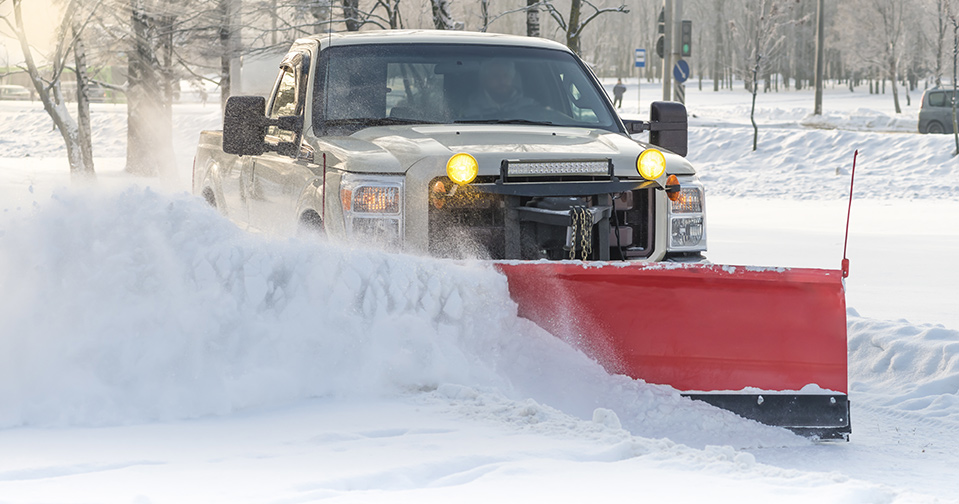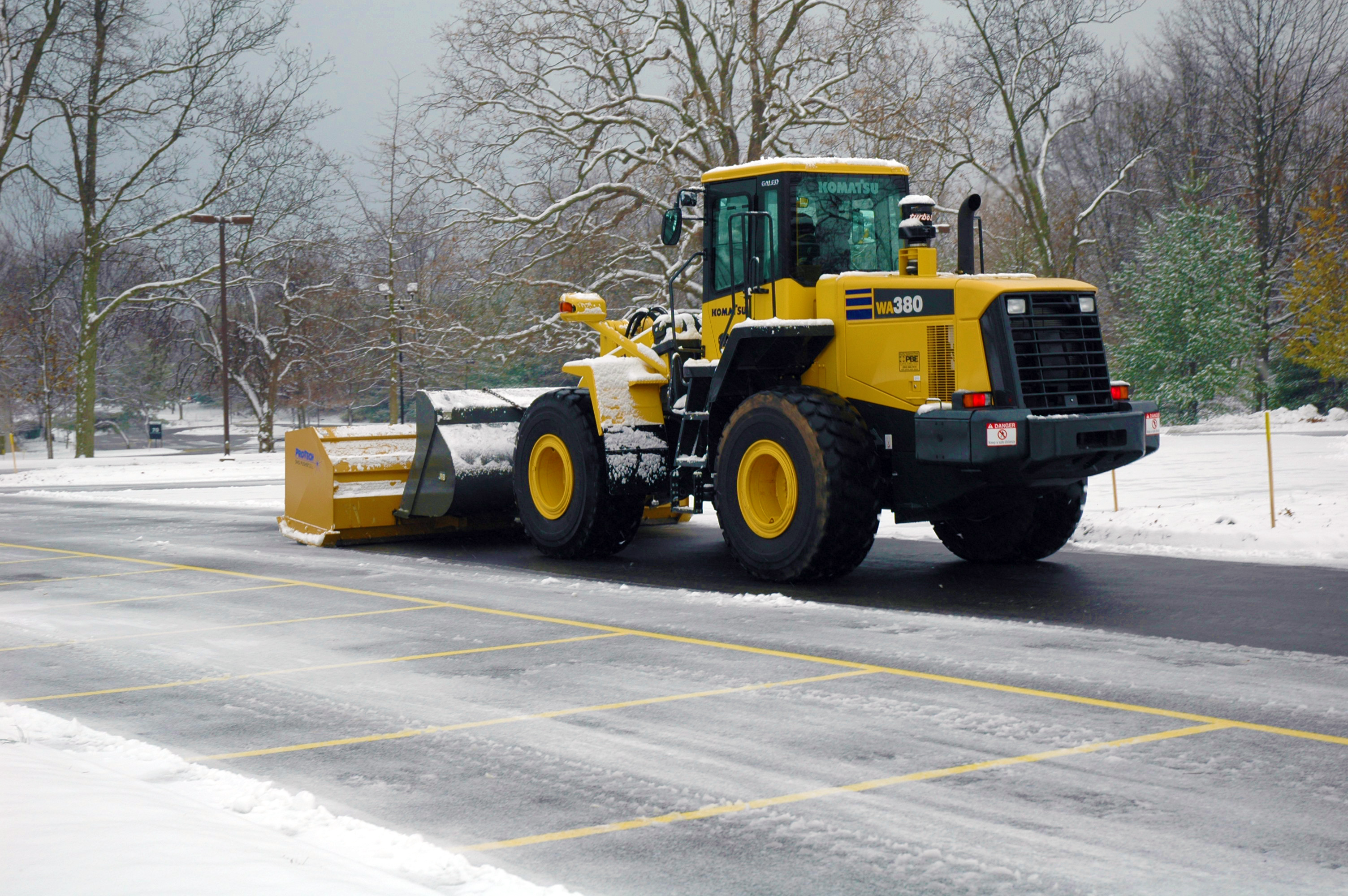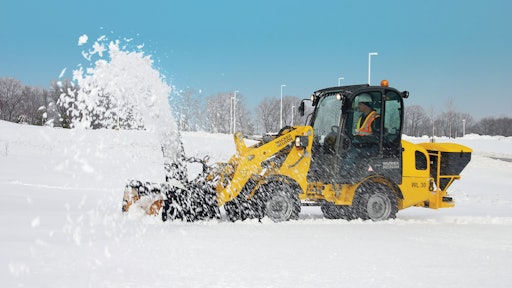Proactive Snow and Ice Management: Strategies for a Secure Environment

Introduction
Snow and ice can present significant challenges during the winter months, creating hazards and disrupting daily life. Proactive snow and ice management is essential for maintaining safety and accessibility in commercial and public spaces. This blog post explores various strategies and techniques for effective and safe snow and ice management, ensuring a secure environment for everyone.
Understanding the Importance of Early Planning
The cornerstone of adequate snow and ice management is early and thorough planning. This involves understanding the geographic and climatic conditions of the area, assessing the resources needed, and establishing a clear action plan. Early planning allows for procuring necessary equipment and materials, such as salt, sand, and snow removal machinery, well before winter weather.
Selecting Appropriate Snow Removal Services
Choosing the proper snow removal services is crucial for efficient snow and ice management. Professional snow services offer expertise and equipment that can significantly enhance the effectiveness of snow removal efforts. When selecting a snow removal provider, consider their experience, response time, range of services, and approach to environmental sustainability. Reliable snow removal solutions can significantly reduce the burden on individuals and businesses, ensuring that pathways, driveways, and access routes remain clear and safe.
Implementing Effective Snow and Ice Removal Techniques
Adequate snow and ice removal involves a combination of mechanical and chemical methods. Mechanical methods include plowing, shoveling, and using snow blowers to remove accumulated snow effectively. Chemical processes include deicers, such as rock salt or calcium chloride, to melt ice and prevent its formation on surfaces. The choice of technique depends on various factors, including the amount of snow, temperature conditions, and the type of surface being treated.
The Role of Technology in Snow Management Services
Modern snow and ice management services have embraced technology to improve efficiency and effectiveness. GPS technology, for instance, is used to track snow removal vehicles, optimize their routes, and ensure comprehensive coverage. Weather tracking systems help predict snowfall patterns, allowing for the timely deployment of snow removal teams. By integrating technology, snow management services can respond more quickly and effectively to changing weather conditions, minimizing the impact of snow and ice on daily activities.
Environmental Considerations in Snow and Ice Management
A crucial aspect of proactive snow and ice management is its environmental impact. While effective in melting snow and ice, the widespread use of chemical deicers can adversely affect the environment. These chemicals can seep into the soil, affecting vegetation, and run off into local waterways, impacting aquatic life. It’s important to use environmentally friendly deicing agents and apply them judiciously to mitigate these effects. Additionally, alternative solutions like sand or kitty litter can provide traction on icy surfaces without the environmental drawbacks of chemical deicers.
Innovative Snow Removal Solutions for Efficiency
Snow management continuously evolves, with innovative solutions being developed to improve efficiency. One such innovation is using heated pavement systems, which can be installed in critical areas such as driveways, sidewalks, and entryways. These systems work by radiating heat upwards, preventing snow and ice accumulation. While the initial installation cost can be high, the long-term savings in labor and designing materials can be substantial, making it a worthwhile investment for many property owners.
Community Involvement in Snow and Ice Removal
Snow and ice management is not just the responsibility of individual property owners or professional services; it’s a community-wide effort. Communities can organize volunteer snow removal teams to help clear sidewalks and driveways for those unable or unavailable to do it themselves, such as the elderly or disabled. Such community involvement ensures safer environments and fosters a sense of community spirit and cooperation.
Best Practices for Snow and Ice Management

Managing snow and ice effectively involves several best practices. They keep a supply of salt or eco-friendly deicer, shovels, and other snow removal tools on hand. Clearing snow promptly after a snowfall can prevent it from compacting and turning into ice, which is much harder to remove.
Commercial Snow Management Strategies
For businesses and commercial properties, managing snow and ice effectively is not just a matter of convenience but a legal responsibility to ensure the safety of employees, customers, and visitors. Commercial properties often require a more robust approach to snow and ice management involving professional snow management services. These services use commercial-grade equipment to clear large parking lots, pathways, and entrances efficiently. Businesses need a clear contract and understanding with a snow removal provider, detailing the scope of work, response times, and specific needs like removing snow piles or applying deicers.
Regular Maintenance for Effective Snow and Ice Control
Regular maintenance plays a pivotal role in proactive snow and ice management. This includes ensuring that equipment like snow blowers, plows, and salt spreaders are in good working condition before the onset of winter. For properties with installed heating systems or automated snow melting solutions, a pre-winter check to ensure functionality is crucial. Regular maintenance helps in quick mobilization and effective response when snow and ice accumulate.
Preparing for Sudden Heavy Snowfall

Sudden and heavy snowfall can pose significant challenges, requiring immediate and effective management strategies. In such scenarios, it’s crucial to have a rapid response plan in place. This may involve mobilizing extra resources, such as additional snow removal equipment or workforce. Preparing for such events by stocking up on necessary supplies like extra deicers and fuel for snow removal equipment can help manage these challenging situations more effectively.
Effective Communication and Coordination
Effective communication and coordination are essential in large commercial properties. This includes informing residents or employees about snow removal schedules, areas of focus, and safety precautions during snow removal operations. Good communication ensures that everyone knows the processes and can adjust their programs or plans accordingly.
Final Thoughts
Proactive snow and ice management is vital for maintaining safe, accessible environments during winter. By combining early planning, the right tools and techniques, and collaborative efforts, individuals and communities can effectively navigate the challenges of winter weather. Remember, the goal of Ice Removal Services is not just to clear paths but to create a secure and welcoming environment for everyone, regardless of the weather conditions.


